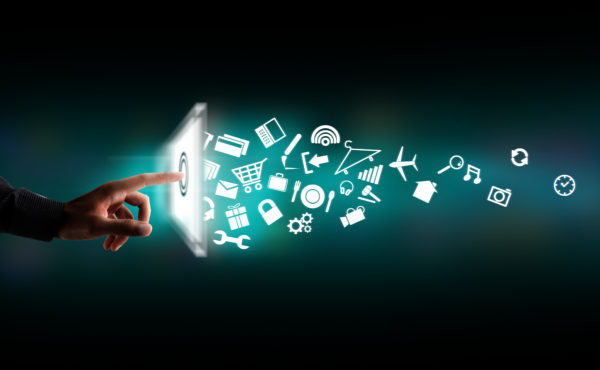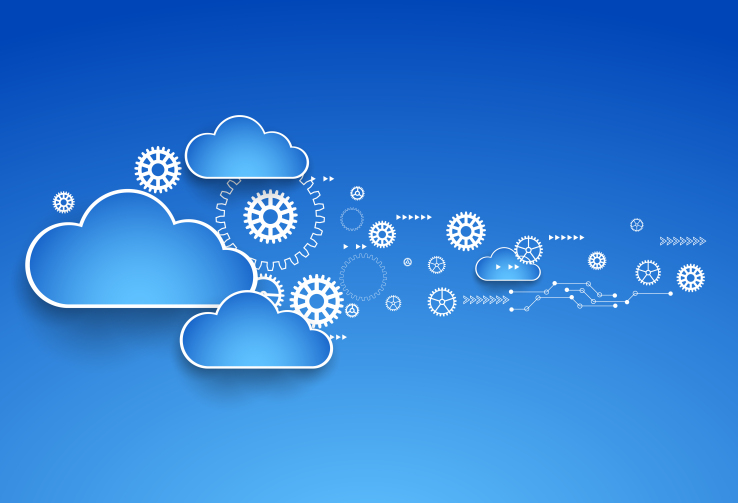
You finally got the hang of cloud computing just in time for the next big thing to roll in. Fog computing is the latest and greatest buzzword in the tech and business industries, but do you really know what it is? And will fog computing compete or enhance cloud computing? Here’s a closer look.
What is Fog Computing?

What is fog computing and what does it mean for IoT?
Much like how fog is formed by an abundance of clouds closer to ground level, the term fog computing was coined by Cisco and refers to keeping data closer to one’s device. So what does this mean? Essentially, data is stored in local computers and devices so that it is closer and requires less bandwidth to retrieve than if it was being transmitted through the cloud. Forbes explains that fog computing enables data to be processed and accessed more quickly, efficiently and reliably so that data latency is less of a problem.
How Does Fog Computing and Cloud Computing Work Together?

How fog computing pushes IoT intelligence to the edge
Fog computing does not compete with cloud computing; rather, it acts as a supplement to process, access and transmit small amounts of data faster. TechTarget explains that fog computing works well for companies looking to collect short-term analytics, because the smaller amount of data can be kept on the edge of the cloud. Meantime, long-term and intensive analytics work better in the cloud where there is more room and power to process that amount of data. TechCrunch also states that because fog computing can remove the burden in collecting small analytics, the cloud will be better able to conduct larger tasks, making them the perfect duo to work together.
How is Fog Computing Being Used?
LocalGrid Fog Computing Platform
Fog computing is helping businesses do more with their analytics and integrate with IoT devices. TechTarget claims that fog computing helps solve cloud computing’s latency issues in a variety of industries, such as gaming, transportation and medicine. That article states that delays can be life-threatening in real-world IoT situations, such as vehicle-to-vehicle communications in smart cars and telemedicine communication between doctors and patients.
But not every use is life or death. For instance, a cloud contact center could provide better connections between the rep and customer. Reps could then quickly access small amounts of data to start processing customer information and then move to cloud computing if they needed to handle a larger task.

Is Fog Computing The Next Big Thing In Internet of Things?
Palo Alto, California, is one of the leading cities making use of fog computing in its infrastructure. The city just invested $3 million into a smart traffic signal project that will connect with smart cars and traffic lights to determine patterns. For example, if the traffic light sensor only detects one car at the intersection, it would change the light so the driver doesn’t have to wait at a light for no reason, explains Government Technology. The city is also working on using fog computing for home energy to identify patterns and help residents use their energy more efficiently. Recently, the city launched a pilot program that uses sensors to detect empty parking spaces so drivers spend less time looking for a place to park.
There’s still a lot to learn about fog computing. As it becomes more popular and widely used, businesses, cities and consumers will find new, innovative ways to use the technology. Fog computing has a lot of potential that could revolutionize the technology industry once again.




